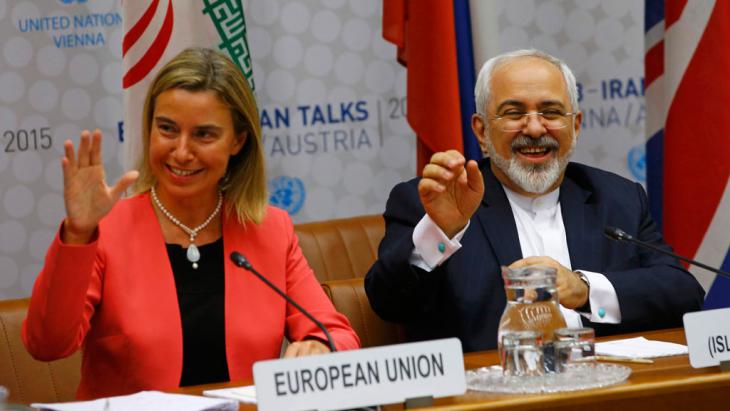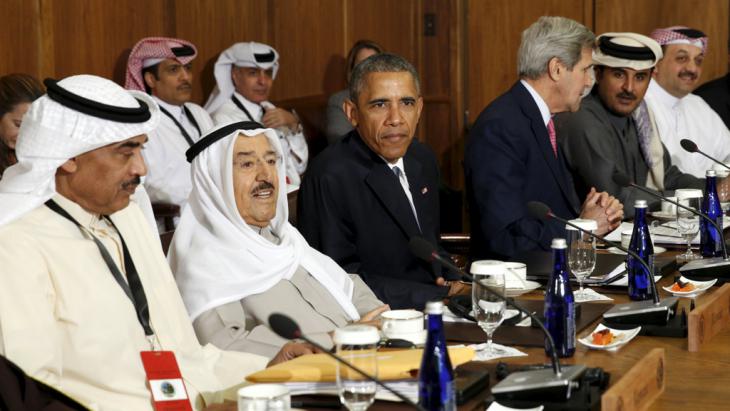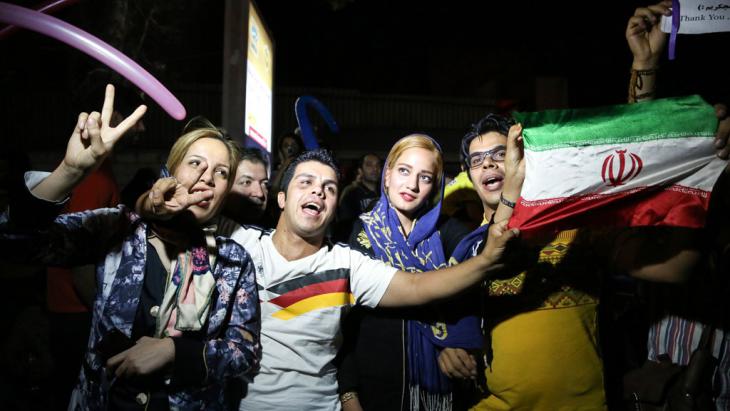Where to from here?

After 12 years of tedious negotiations, Iran and the P5+1 countries (China, France, Russia, the United States and the United Kingdom, plus Germany) have reached a comprehensive agreement that will limit Iran's development of its nuclear capabilities to non-military objectives. In exchange for its co-operation, Iran will eventually be relieved of the punishing sanctions that the United Nations, the European Union and the US have imposed upon it for years. This is a huge diplomatic success.
Of course, the negotiations have attracted plenty of critics, including in the US Congress and Iran's parliament, as well as in Saudi Arabia, Israel and even France. But the agreement's potential benefits cannot be denied.
For starters, the deal proves that world leaders – despite being divided on a multitude of issues, such as the conflict in Ukraine and territorial disputes in the South China Sea – can still come together to resolve a shared problem. It will also make nuclear proliferation in the Middle East less likely, while strengthening the global nuclear non-proliferation regime. And it will allow for the normalisation of Iran's relations with the West.
Of course, Iran's neighbours have legitimate concerns about the impact the deal will have on the regional balance of power. As sanctions are lifted, Iran will become stronger, challenging the influence of the Gulf States. Anticipating this, these states have already sought reassurances from the US, while following a more hard-nosed policy in Yemen or Syria, where they consider themselves to be containing Iran's hegemonic ambitions.
Ultimately, however, the impact of the nuclear agreement will depend on political dynamics in Iran. Many – indeed, probably a majority – in the Iranian establishment support the resolution of the nuclear confrontation, and agree that Iran does not need to be perpetually at odds with the rest of the world. But some still view the dispute as a key component of the country's revolutionary identity.

Scenario 1: things go as the P5+1 and Iranian negotiators hope
This post-agreement dynamic thus could play out in two ways. In the first scenario, events unfold according to the hopes of the P5+1 and the Iranian negotiators, with the agreement amplifying the voices of those in Iran who advocate regional and international accommodation.
In this case, Iran reaches out to Saudi Arabia with a convincing indication that it does not intend to bolster its influence at the expense of the Saudis or their allies. This allows Saudi Arabia to join Iran in using its influence in Syria to bring about a ceasefire agreement between regime forces and rebels, paving the way for the formation of a credible transition government capable of pushing back the Islamic State. Likewise, Saudi Arabia and Iran bring an end to the fighting in Yemen by backing a power-sharing agreement there.
Meanwhile, relief from sanctions, together with the gradual return of international companies, kick-starts Iran's ailing economy. Increased openness towards Europe and, more cautiously, the US encourages reform-minded members of Iran's middle class to seek their future inside the country, rather than emigrating.
Finally, under this scenario, President Hassan Rouhani's strong international standing helps him to overcome conservative resistance to pursue much-needed domestic reforms. On this basis, Rouhani's coalition of reformists and pragmatists easily wins a majority when Iran's next parliament is elected in 2016, with Rouhani himself re-elected in 2017.

Scenario 2: the hardliners get the upper hand
The second scenario is far less benign. In this case, it soon becomes clear that domestic support for the nuclear agreement was broad but thin. Whereas Rouhani's reformist camp wants to improve Iran's foreign relations, the conservative and nationalist forces surrounding Supreme Leader Ayatollah Ali Khamenei view the agreement as a necessary tool to eliminate economic sanctions and strengthen Iran's conventional military capabilities.
The hard-line clerics then undermine whatever confidence Rouhani is building with Iran's neighbours by declaring repeatedly that the agreement represents an implicit acknowledgement of Iran's might by the world's major powers. This stance vindicates the sceptics, spurring Saudi Arabia to continue its efforts to build a "Sunni coalition" to contain Iranian influence and uphold the fight against what it views as Iranian proxies in countries like Syria and Yemen.
Furthermore, with regional tensions high, the economic impact of the removal of sanctions turns out to be negligible, while conservatives gain ground in resisting reform. Rouhani and his allies are unable to offer ordinary Iranians economic hope – a failure that causes them to lose both the legislative and presidential elections.
Paradoxically, in the pessimistic scenario, Iran's new government, controlled by conservatives and hardliners, actually fits into the region better than the current one. After all, Saudi Arabia, Egypt and many other Arab states are also ruled by authoritarian hardliners with little interest in de-escalating regional conflicts. This would make the resurgence of reform-oriented leadership in Iran extremely difficult.
Of course, the most likely scenario is a combination of both dynamics. But given that it is in everyone's interest to ensure that developments hew more closely to the reform-oriented path, it should be clear to all that the diplomatic work with regard to Iran is far from complete.
Volker Perthes
© Project Syndicate 2015
